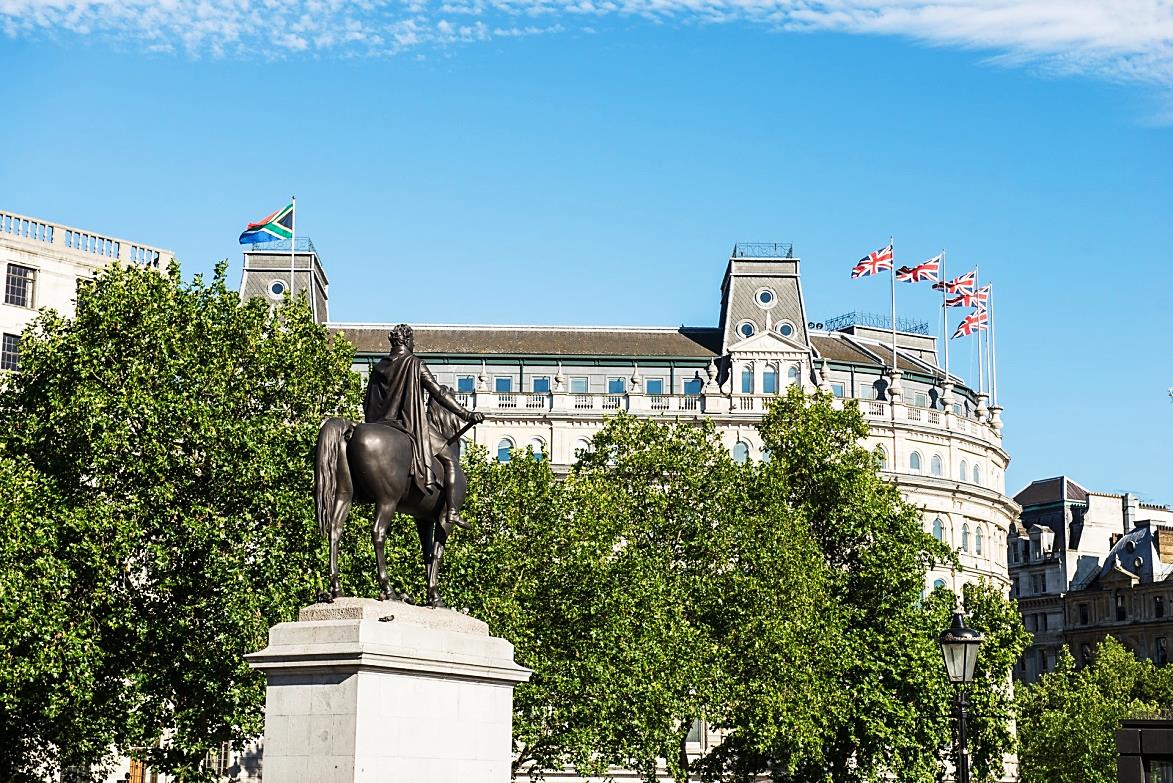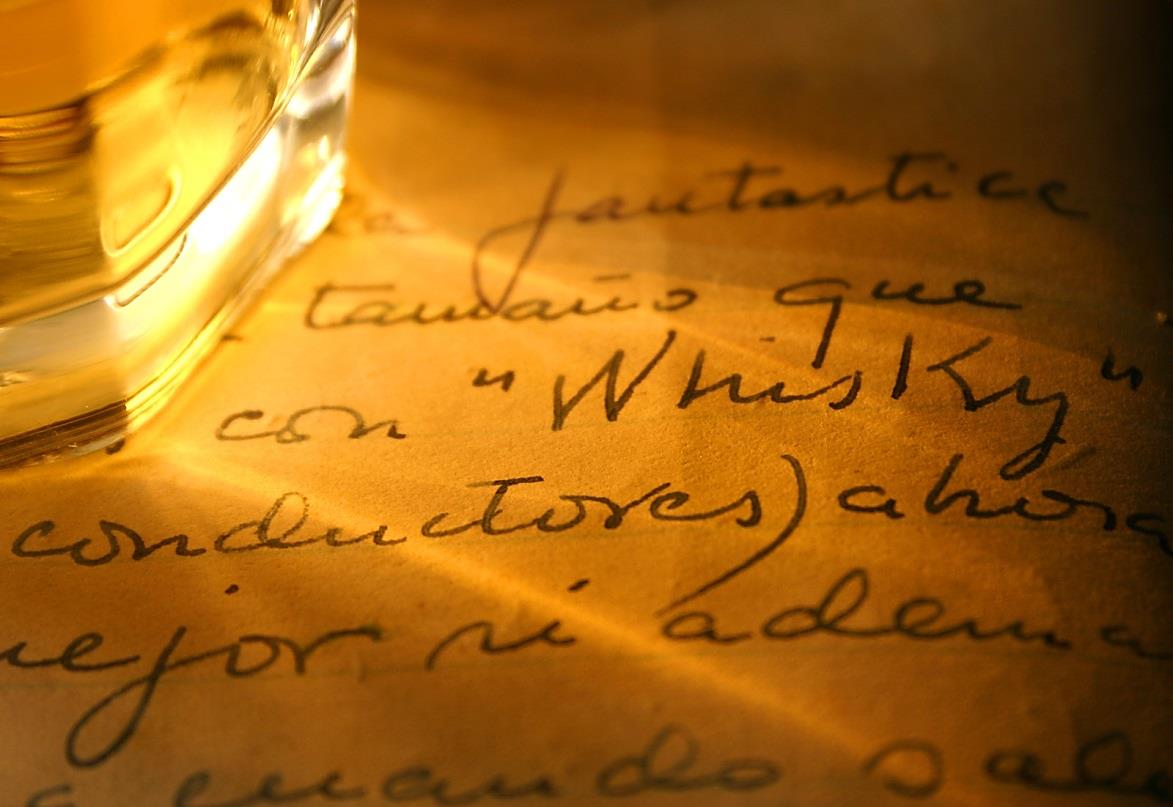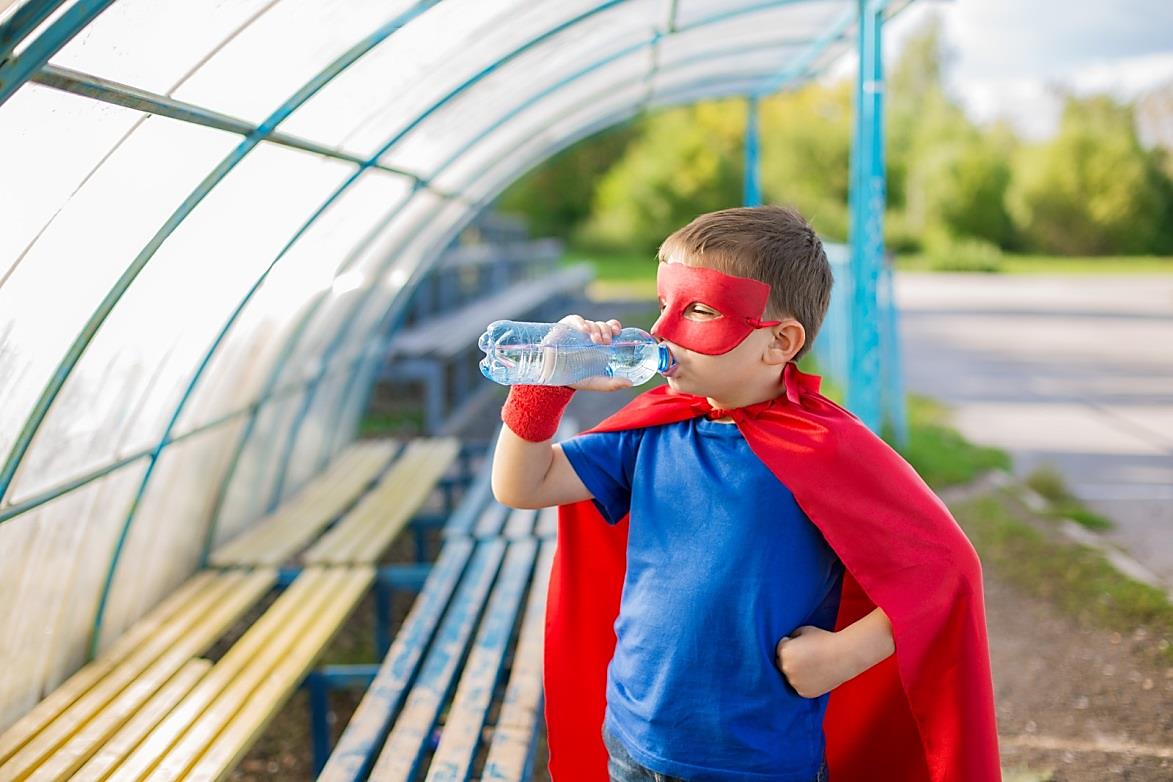
by Fern Shaw | Jul 31, 2017 | aquaid london, water cooler, Water Coolers
Since its humble beginnings in 1992, AquAid has grown to the extent of being equipped to supply an extensive range of Bottled and Mains-Fed water coolers, water dispensers, water boilers and water related products the length and breadth of the UK.
Today, AquAid boasts 23 branches nationwide; including two branches in London, servicing London Central and London South East.
AquAid Central London has been in operation since 2002, supplying an extensive range of high quality water coolers, boilers, and dispensers to more than 800 customers. The branch is owned and managed by the highly experienced Steve Norley and he and his team pride themselves in meeting and exceeding all their customers’ water cooler and water related product requirements.
Areas serviced are: Central London, Hackney, Mayfair, Victoria, West End and Westminster.
AquAid London South East, owned and managed by the inimitable Paul Taylor, has been supplying water coolers, dispensers and bespoke water supply solutions to their customers for more than 16 years. Paul and his team look after more than 1,250 customers in offices, worksites, and schools throughout London’s South East.
Areas serviced are: Camden, Finchley, Islington, London, Southgate, Tottenham and Uxbridge.
Wherever you’re based in London, AquAid Central London and AquAid London South East are more than equipped to meet your water cooler and water related product requirements.
To contact your local AquAid London representative, select one of the above links for the branch relevant to you.

by Fern Shaw | Jul 31, 2017 | aquaid central london, water cooler, Water Coolers
We hope by now, by browsing our super new spiffy website, that you’ve seen that AquAid really do put the cool in your water cooler, and that we’re geared to be able to provide you with any requirements you may have, water cooler wise, across the United Kingdom. But you may not be aware that there is not one, but two, AquAid Water Coolers branches in London?
You didn’t? Well, step right up, dear customers, past, present and future and let’s introduce ourselves.
The first AquAid London branch we’re focusing on is the AquAid Central London branch, with premises in Andrews Road, E8 4QN.
AquAid Central London has been in operation for 15 years and services their more than 800 customers’ requirements for water, water cooler and water related products.
It’s almost impossible to itemise what makes London so special, so today we’re focusing on perhaps lesser known nibs of interest in and around the AquAid Central London office.
Sir John Soane’s: The architect of the Bank of England had a magpie’s eye for unusual and exquisite bric-a-brac. His former home has long served as a museum space to show off the collection, which includes period furniture, paintings by the likes of Hogarth and, most memorably, the sarcophagus of Seti I. Entrance to this one of a kind museum is free.
Great Ormond Street Hospital is possibly the best and most famous children’s hospital in the world. But what you may not be aware of is that the hospital owns the rights to Peter Pan. Peter Pan is one of the greatest children’s stories ever told, and in 1929, its author J. M. Barrie gifted the copyright to the hospital, eight years before his death.
King’s Cross Station is a magical place. The station features in many books and films, but its most famous appearance in either comes as the gateway to Platform 9¾ and the Hogwarts Express in the Harry Potter series. Author J.K. Rowling picked King’s Cross because her parents met on a train at the station (although the author was apparently thinking of Euston Station’s platforms 9 and 10 at the time).
Even if you’re based at Platform 9¾ in Central London, the AquAid Central London branch is more than equipped for all your water and water cooler requirements. They’d be delighted to assist, so please do get in contact.

by Fern Shaw | Jul 10, 2017 | aquaid edinburgh, water cooler, Water Coolers
I don’t know about you, but if you’re not a local, when I think of Edinburgh and The Lothians, it always brings to mind unicorns, cobbled streets and interesting sounding bridge names. Perhaps the latter is due to my having read my way through the Rebus’ books. Whichever way you look at it, Edinburgh has a fascinating history and a legion of places, people and landmarks of interest.
AquAid Edinburgh, or AquAid Lothian as the branch is more commonly known, has been looking after their more than 1,000 customers in Edinburgh; Alloa; East Lothian; Falkirk; Fife; Midlothian; Perth; Scottish Borders and Stirling since they opened their doors in 2005.
Edinburgh & The Lothians are so close, yet they’re both so very different. Scotland‘s cosmopolitan capital city borders with miles of lush countryside and the attractive coastline of the Lothians.
But even if you’re a local, there are quite a few startling facts about this gorgeous city and region you may not be aware of.
Like the fact that the Castle is perched on top of part of a volcano.* Arthur’s Seat isn’t the only extinct volcanic feature in Edinburgh. Castle Rock is actually a volcanic plug, and it’s 340 million years old…
And, what about the source of Scrooge* – Charles Dickens invented the famous character of Scrooge when he misread the tombstone of successful Edinburgh merchant Ebenezer Scroggie in the Canongate Kirkyard. Dickens was horrified by the apparently hard-hearted inscription ‘Meanman’ – but the tombstone actually read ‘Mealman’ in recognition of Scroggie’s successful career as a corn trader. Thus, a legend was mistakenly born.
We can’t leave out the fact that 75% of the city’s buildings are listed.* In fact, Edinburgh has the most listed sites in the UK outside of London, with more than 4,500 buildings making the list.
It’s where the Encyclopaedia Britannica was first published.* The Encyclopaedia Britannica was first produced in Edinburgh, and the first edition caused controversy due to the anatomy section which was said to contain “unvarnished portrayals of the unmentionable parts of the human body.”
Rose’s Lime Juice was first made here.* Taking a tip from sailors avoiding scurvy at sea, Lauchlan Rose patented a method to preserve citrus juice using sugar in 1867 and Rose’s Lime Juice was born. The first factory to produce the now world famous cordial opened on Commercial Street in Leith in 1868.
The meaning of ‘caddie’.* The word ‘caddie’ is now commonly associated with golf, but is thought to have originated as a description of the men who were hired to carry pails of water up the tenement flats in Edinburgh’s Old Town.
The professional team of installers, drivers and engineers at AquAid Edinburgh certainly don’t bring you pails of water, but they are responsible for getting your water to you and keeping your water coolers in tip top condition.
For all your water and water coolers requirements in Edinburgh and The Lothians, contact any one of the amazing team at the AquAid Edinburgh branch – they’ll be delighted to assist.
*source: iNews

by Fern Shaw | Jun 19, 2017 | aquaid aberdeen, water cooler, Water Coolers
You may not be aware of this, but AquAid not only supply water coolers the length and breadth of England, but also throughout Scotland too.
There are three branches of AquAid in Scotland, these being: AquAid Edinburgh, based in Midlothian, AquAid Glasgow, based in Hamilton and AquAid Aberdeen, based in Stonehaven.
AquAid Aberdeen provides a wide range of water coolers and water related products and services to the North East of Scotland and have been in operation since 2000.
Aberdeen itself is clearly a fascinating city; having produced not one, but three Nobel Laureates (these being JJR Macleod (1923); John Boyd Orr (1949) and RLM Synge (1952)); boasts many ‘firsts’ and has an interesting history with a huge variety of fascinating and perhaps little known factoids that make any Aberdonian proud of their heritage:
*For example: “In 2012, HSBC named Aberdeen as a leading business hub and one of eight ‘super cities‘ spearheading the UK’s economy, marking it as the only city in Scotland to receive this accolade.”
Denis Law, Scotland’s joint top goal scorer, is an Aberdonian. During his footballing career Denis Law scored 30 international goals during 55 matches for Scotland. A record only equalled by Kenny Dalglish.
Aberdeen has the busiest civilian heliport in the world.
The Robert Gordon University launched the UK’s first degree course in Artificial Intelligence and Robotics.
Aberdeen has won the Britain in Bloom contest a record number of times.
From having the oldest maze in Scotland – Hazlehead Maze – planted in 1935; having one of the oldest newspapers in Britain -The Aberdeen Journal – first printed in 1748; through to building the fastest sailing ship ever, (the Thermopylae), and the first stern trawler being built in Aberdeen – the city has a wealth of culture and can-do spirit.
AquAid North East (as they are commonly known) in Aberdeen may not have the longevity of some of the aforementioned establishments, but they have been providing water coolers, dispensers and boilers to customers for the past sixteen years. Contact them now to assist with all your water cooler and water related product requirements.
*extracts from an article at the Aberdeen City Council

by Fern Shaw | May 5, 2017 | aquaid london, Uncategorized, water cooler
Yes, there was a
Part I – catch up already. Just in time for the weekend or to amaze your mates and/or colleagues as you gather around the
water cooler next week, we present Part II:
* London is one of only two cities above the 50th parallel with a population of more than five million. Moscow is the other.
It is thought that St. Patrick may have brought the early knowledge of whisky distilling from Ireland around the mid-5th century. The Scots call it uisque baugh in Gaelic, or ‘water of life’, and it is one of the United Kingdom’s top five exports, along with cars, computers, aircraft, and oil. Personally, I couldn’t think of a nicer export, could you?
In the 16th century, Britain’s Queen Elizabeth I decreed that mutton could be served only with bitter herbs, intending to stop people from eating the sheep in order to help the wool trade. Her subjects discovered mint sauce improved the taste of the meat, and it’s been a favourite condiment for roast lamb ever since. Hmm, clearly I’m in the minority as I’m not a fan of the whole mint sauce accompanying roast lamb thing.
Until 1832, England only had two universities: Oxford and Cambridge.
The sport of football, or soccer, supposedly got its start in England when Anglo-Saxon farmworkers plowing a field unearthed the skull of a Danish warrior killed in battle a few years earlier. To show their still bitter feelings towards the Danes and to amuse themselves, they began kicking the skull among them. This early form of football was called “kicking the Dane’s head”. Seems the savagery has passed from the players to the supporters somewhat!
James Bond’s code ‘007’ was inspired by the author Ian Fleming’s bus route from Canterbury to London. Am I the only person who when thinking of James Bond – immediately starts singing, ‘Goldfingggggerrrrr’ as opposed to any of the other James Bond theme songs?
The Ghost Research Foundation has determined that with 500 recorded cases of ghostly encounters, York is the most haunted city in England and one of the most haunted in the world. Make appropriate ghostly type noises here.
Well, that’s the lot for this week’s content of trivia to amaze and astound. Keep an eye out for future inserts and as always, please feel free to add to and / or correct the trivia if you feel I have it all wrong.
*from various sources from an article at Fact Retriever

by Fern Shaw | Apr 12, 2017 | water cooler
You’ll note that I wrote ‘interesting’ and while you may be openly scoffing at the use of this adjective, I pinkie swear that these facts are not only interesting but are also perhaps lesser known facts about your drinking water.
- The weight a person loses directly after intense physical activity is weight from water, not fat.
- Water dissolves more substances than any other liquid. Wherever it travels, water carries chemicals, minerals and nutrients with it.
- One of the lesser known benefits of drinking water is that it helps keep your joints strong, healthy and lubricated. Your joints need moisture in order to remain strong and flexible, so that your movements are smooth and pain free.
- Drinking too much water too quickly can lead to water intoxication. Water intoxication occurs when water dilutes the sodium level in the bloodstream and causes an imbalance of water in the brain.
- Water intoxication is most likely to occur during periods of intense athletic performance.
- At birth, water accounts for approximately 80 percent of an infant’s body weight.
- Drinking water makes your muscles stronger. That’s because water carries oxygen to the cells of your body, including those of your muscles. Drinking plenty of water enables your muscles to work harder and longer before they feel tired, and this can help you build muscle.
- Water is sticky. The molecules love to stick to things, especially each other. It’s what gives it such a large surface tension. It keeps you alive: it means water can pull blood up narrow vessels in the body, often against the force of gravity.
There are quite a few facts in here that I was vaguely aware of, however, I certainly didn’t know that water is sticky! I think No. 8 now stands out for me forevermore – I love the fact that water is able to pull blood around our bodies – fascinating!
Want to get on the right track to fitness and health? Know you’re not drinking enough water every day? Speak to us at AquAid – we’d be pleased to help with all your water cooler dispenser requirements – keeping you water fit and hydrated rain or shine.






